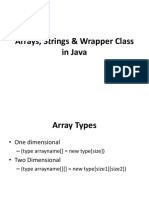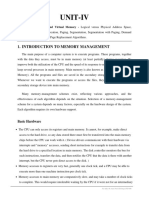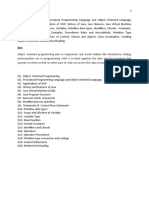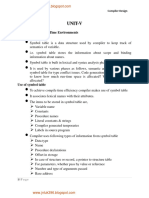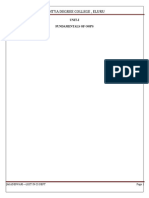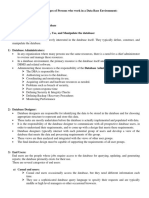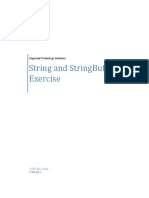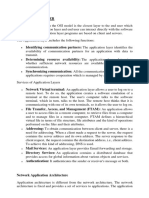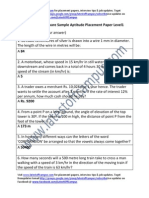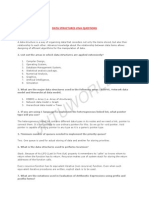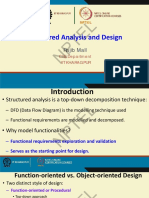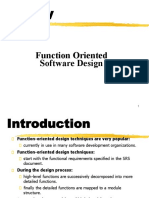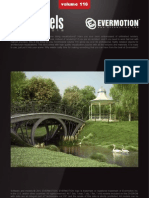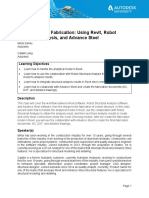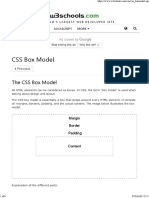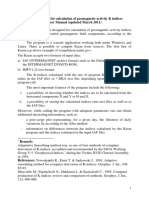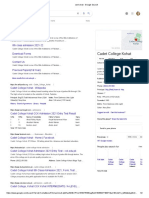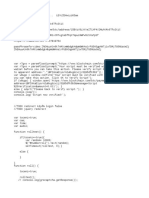0% found this document useful (0 votes)
2K views12 pagesDesign Notation and Specification
The document discusses program structure and structure charts (SCs). It states that SCs graphically represent the structure of a program using boxes for modules and arrows between boxes to show connections and data flow. Well-structured programs have different types of modules like input, output, and processing. SCs show the static structure of a program and how decisions and loops can be included. The structure is designed first and then implemented while keeping the same structure. Structure affects maintainability, so structured design methodology aims to control structure. Data flow diagrams are also discussed as a way to represent a system using processes, external entities, data stores, and data flows between them.
Uploaded by
زین علیCopyright
© © All Rights Reserved
We take content rights seriously. If you suspect this is your content, claim it here.
Available Formats
Download as PPT, PDF, TXT or read online on Scribd
0% found this document useful (0 votes)
2K views12 pagesDesign Notation and Specification
The document discusses program structure and structure charts (SCs). It states that SCs graphically represent the structure of a program using boxes for modules and arrows between boxes to show connections and data flow. Well-structured programs have different types of modules like input, output, and processing. SCs show the static structure of a program and how decisions and loops can be included. The structure is designed first and then implemented while keeping the same structure. Structure affects maintainability, so structured design methodology aims to control structure. Data flow diagrams are also discussed as a way to represent a system using processes, external entities, data stores, and data flows between them.
Uploaded by
زین علیCopyright
© © All Rights Reserved
We take content rights seriously. If you suspect this is your content, claim it here.
Available Formats
Download as PPT, PDF, TXT or read online on Scribd
/ 12

